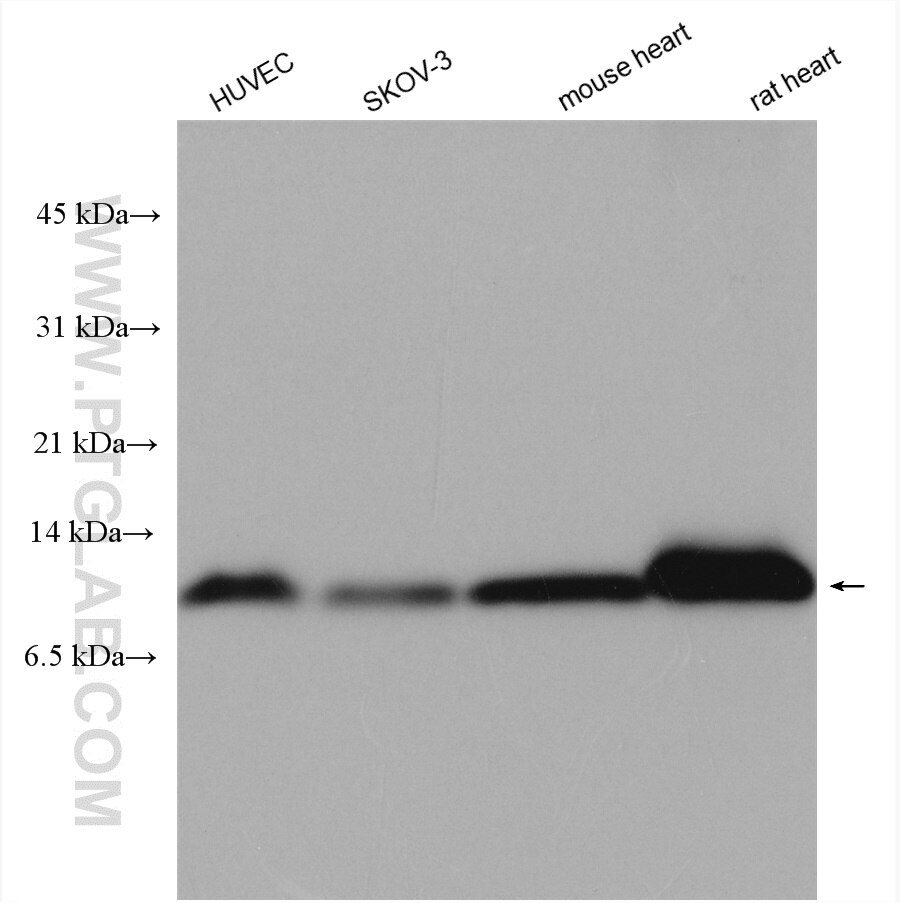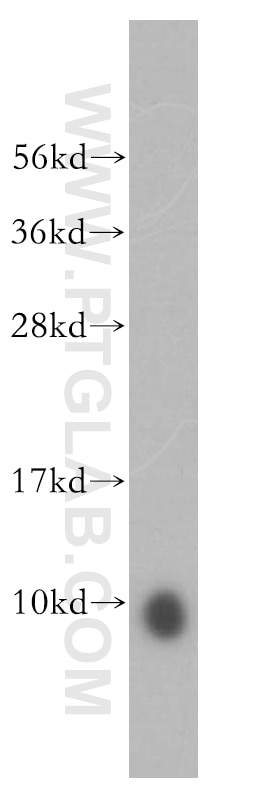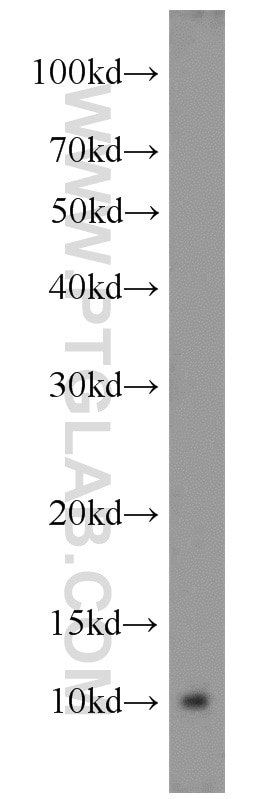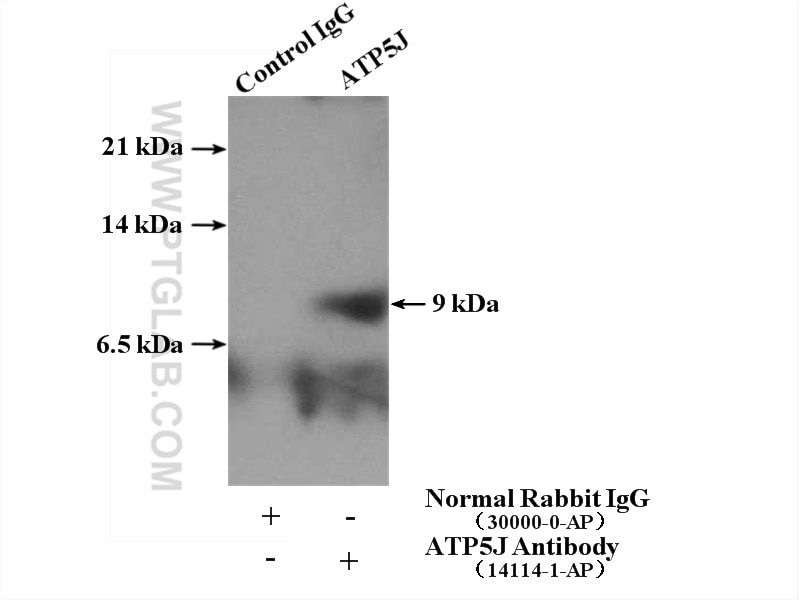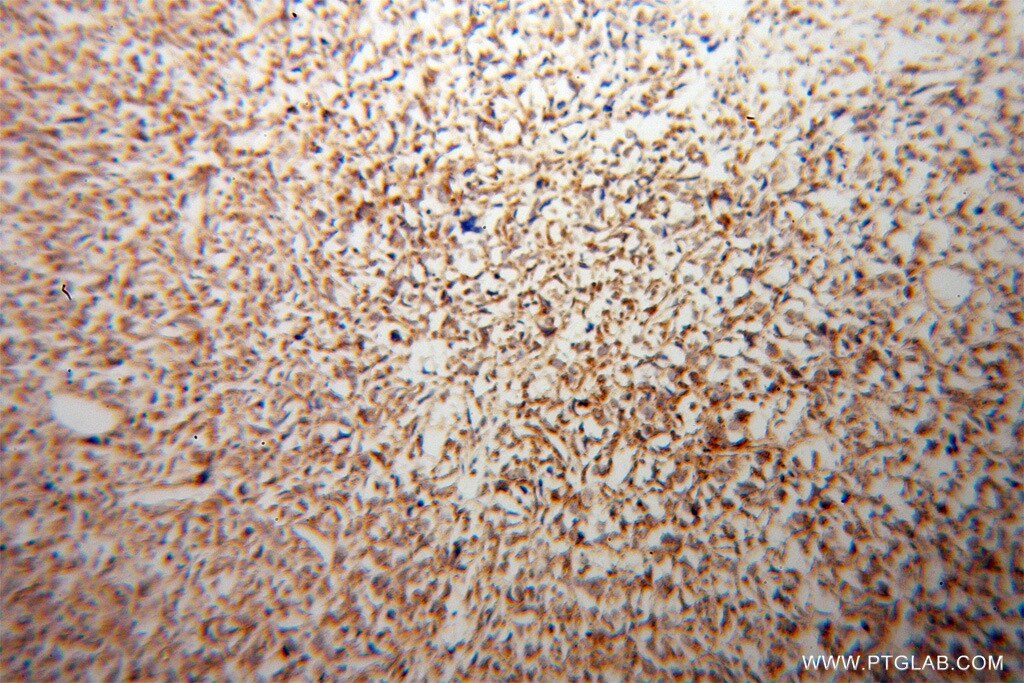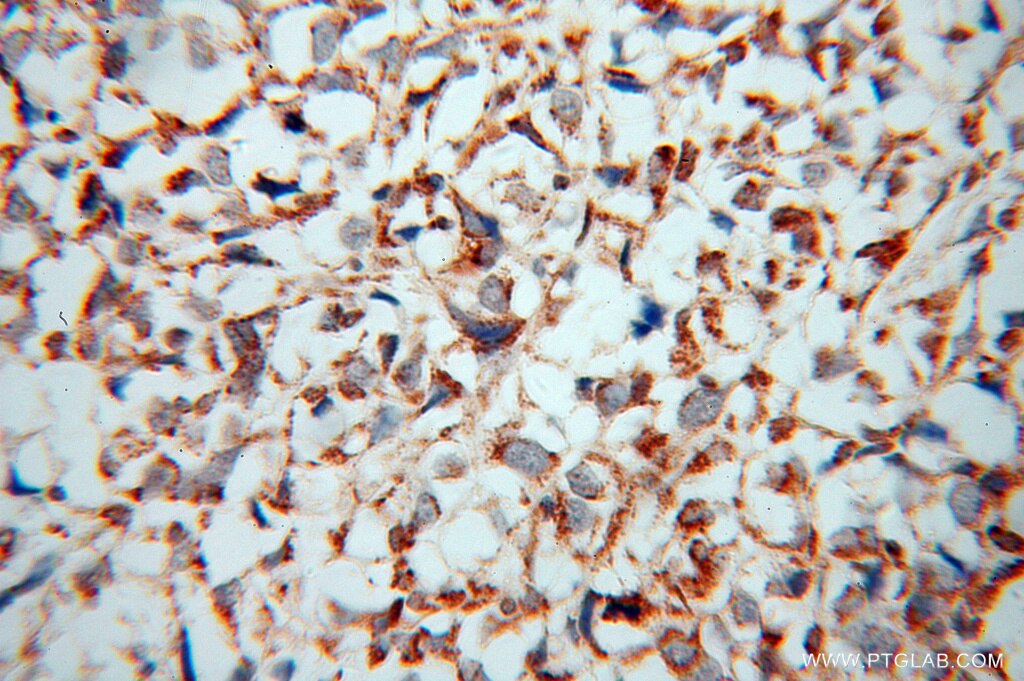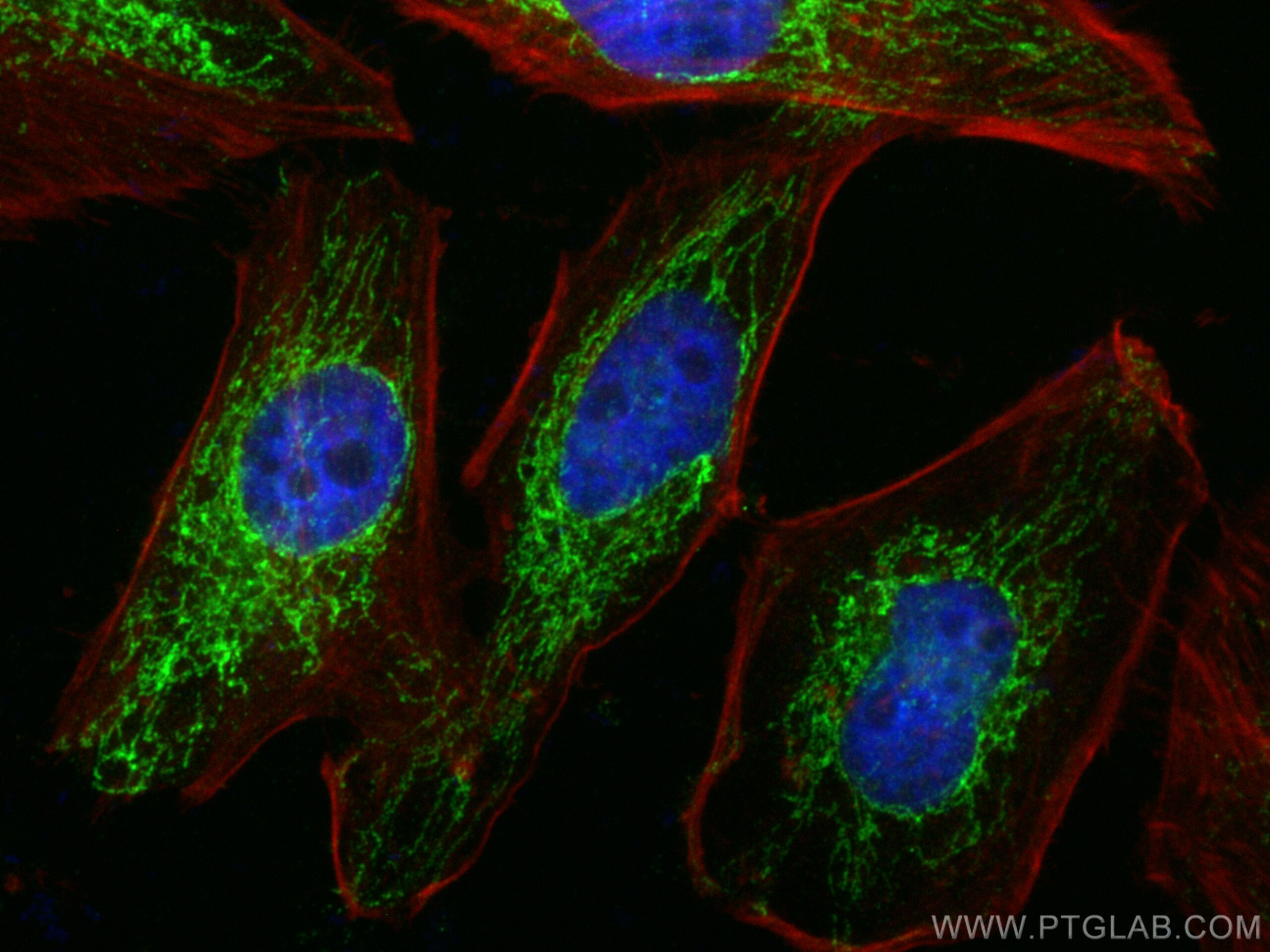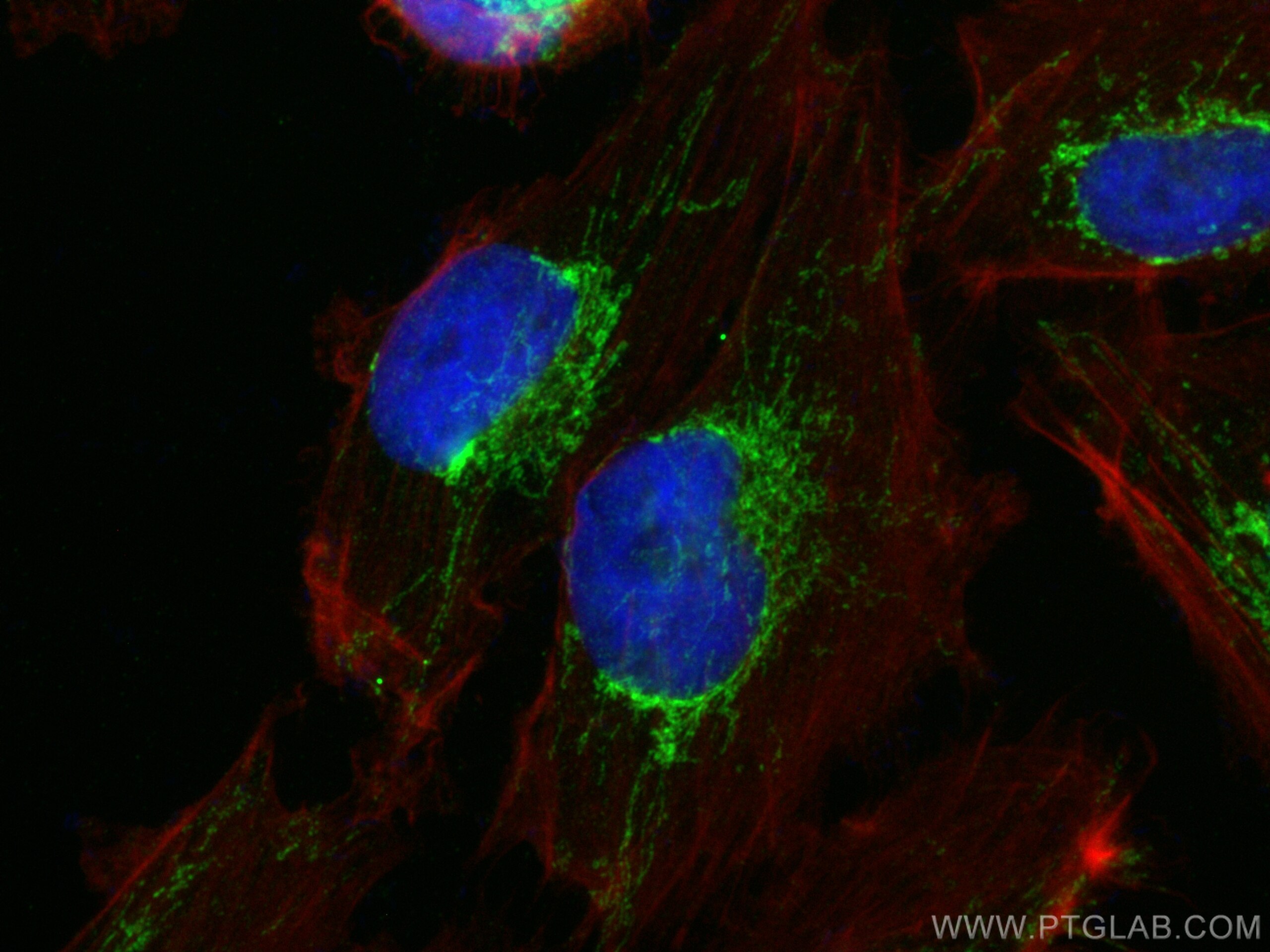Tested Applications
| Positive WB detected in | HUVEC cells, mouse liver tissue, human heart tissue, SKOV-3 cells, mouse heart tissues, rat heart tissues |
| Positive IP detected in | HEK-293 cells |
| Positive IHC detected in | human osteosarcoma tissue Note: suggested antigen retrieval with TE buffer pH 9.0; (*) Alternatively, antigen retrieval may be performed with citrate buffer pH 6.0 |
| Positive IF/ICC detected in | HeLa cells, U-251 cells |
Recommended dilution
| Application | Dilution |
|---|---|
| Western Blot (WB) | WB : 1:500-1:2000 |
| Immunoprecipitation (IP) | IP : 0.5-4.0 ug for 1.0-3.0 mg of total protein lysate |
| Immunohistochemistry (IHC) | IHC : 1:20-1:200 |
| Immunofluorescence (IF)/ICC | IF/ICC : 1:200-1:800 |
| It is recommended that this reagent should be titrated in each testing system to obtain optimal results. | |
| Sample-dependent, Check data in validation data gallery. | |
Published Applications
| WB | See 3 publications below |
Product Information
14114-1-AP targets ATP5J in WB, IHC, IF/ICC, IP, ELISA applications and shows reactivity with human, mouse, rat samples.
| Tested Reactivity | human, mouse, rat |
| Cited Reactivity | mouse, rat, rabbit |
| Host / Isotype | Rabbit / IgG |
| Class | Polyclonal |
| Type | Antibody |
| Immunogen | ATP5J fusion protein Ag5263 Predict reactive species |
| Full Name | ATP synthase, H+ transporting, mitochondrial F0 complex, subunit F6 |
| Calculated Molecular Weight | 13 kDa |
| Observed Molecular Weight | 9 kDa |
| GenBank Accession Number | BC066310 |
| Gene Symbol | ATP5J |
| Gene ID (NCBI) | 522 |
| RRID | AB_2062056 |
| Conjugate | Unconjugated |
| Form | Liquid |
| Purification Method | Antigen affinity purification |
| UNIPROT ID | P18859 |
| Storage Buffer | PBS with 0.02% sodium azide and 50% glycerol, pH 7.3. |
| Storage Conditions | Store at -20°C. Stable for one year after shipment. Aliquoting is unnecessary for -20oC storage. 20ul sizes contain 0.1% BSA. |
Background Information
ATP5J, also known as coupling factor 6 (CF6), is a soluble integral component of mitochondrial ATP synthase. Mitochondrial ATP synthase is a multi-subunit membrane-bound enzyme that catalyzes the synthesis of ATP by utilizing a proton electrochemical gradient. It consists of three domains, namely the extrinsic and intrinsic membrane domains (F1 and F0, respectively) joined by a stalk. CF6 is one of the subunits in the stalk and an essential component for energy transduction. Recently CF6 has also been reported to play a crucial role in the development of INS resistance and hypertension. CF6 is first synthesized as an immature form in the cytosol, then transported to the mitochondria by an import signal peptide and becomes an active form with the signal peptide cleaved. Western blot analysis of CF6 demonstrates a single band around 9 kDa to 12 kDa in various tissues including heart, liver, brain and HUVEC (human umbilical vein endothelial cells).
Protocols
| Product Specific Protocols | |
|---|---|
| WB protocol for ATP5J antibody 14114-1-AP | Download protocol |
| IHC protocol for ATP5J antibody 14114-1-AP | Download protocol |
| IF protocol for ATP5J antibody 14114-1-AP | Download protocol |
| IP protocol for ATP5J antibody 14114-1-AP | Download protocol |
| Standard Protocols | |
|---|---|
| Click here to view our Standard Protocols |
Publications
| Species | Application | Title |
|---|---|---|
Front Endocrinol (Lausanne) Androgen Excess Induced Mitochondrial Abnormality in Ovarian Granulosa Cells in a Rat Model of Polycystic Ovary Syndrome. | ||
Arch Pharm Res Overexpressing microRNA-203 alleviates myocardial infarction via interacting with long non-coding RNA MIAT and mitochondrial coupling factor 6. | ||
J Proteomics Congenital cataracts affect the retinal visual cycle and mitochondrial function: A multi-omics study of GJA8 knockout rabbits |
Reviews
The reviews below have been submitted by verified Proteintech customers who received an incentive for providing their feedback.
FH P (Verified Customer) (05-16-2024) | Good
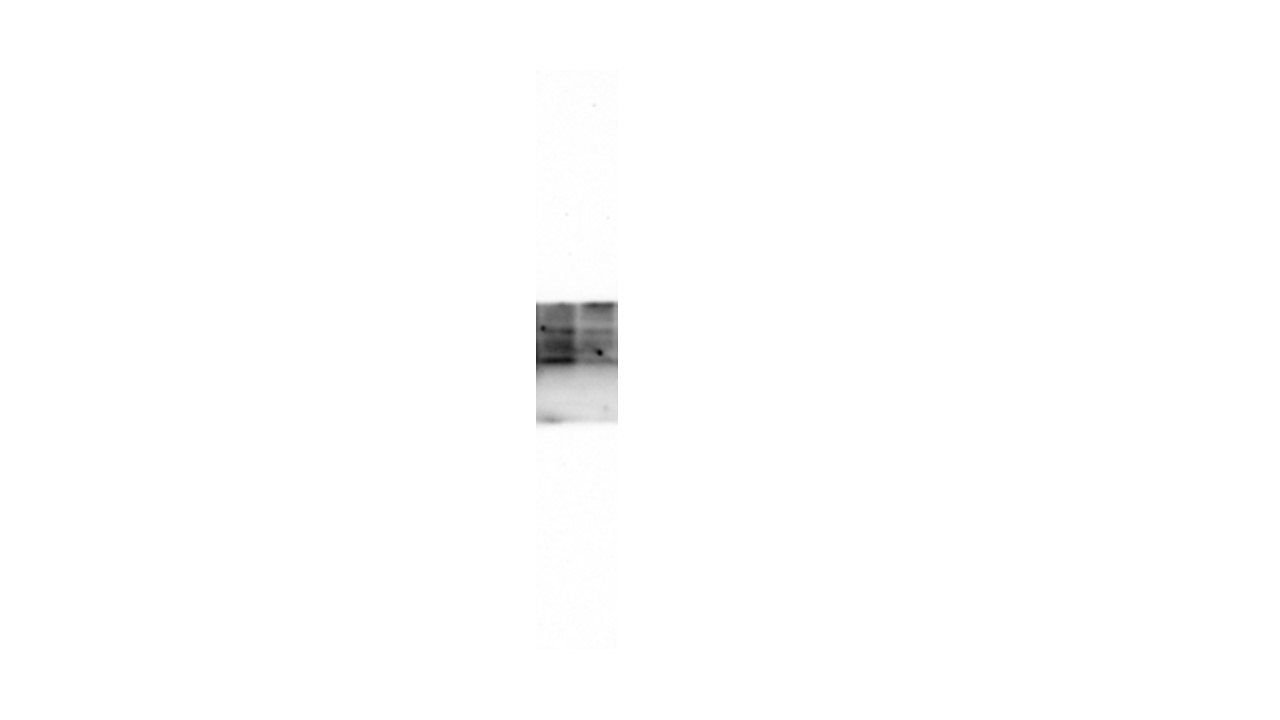 |
